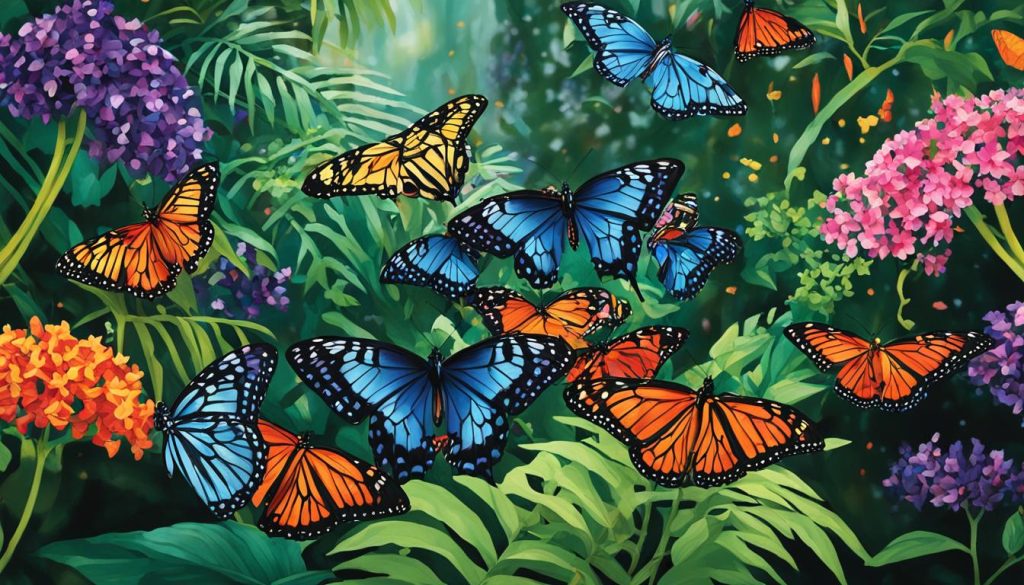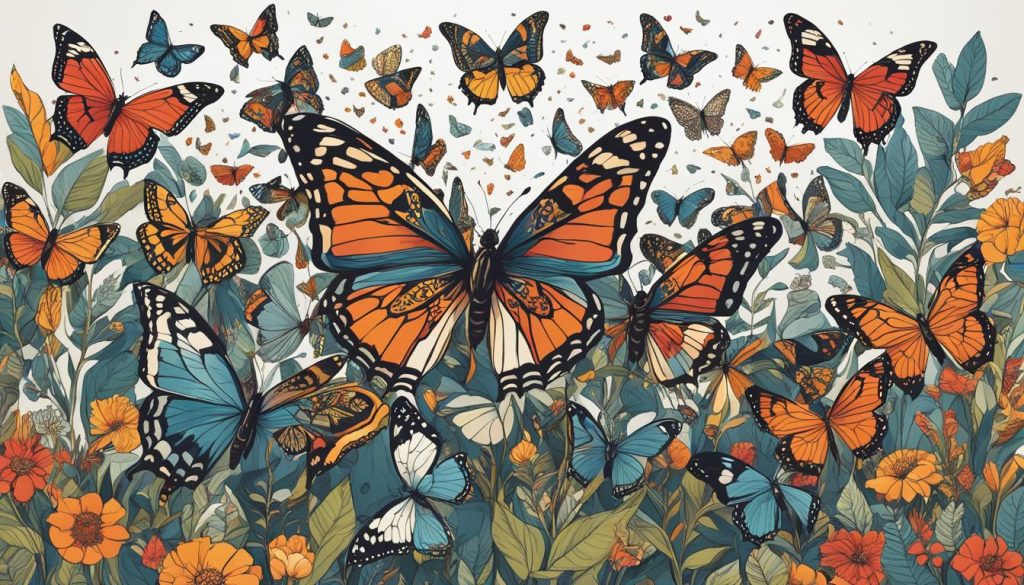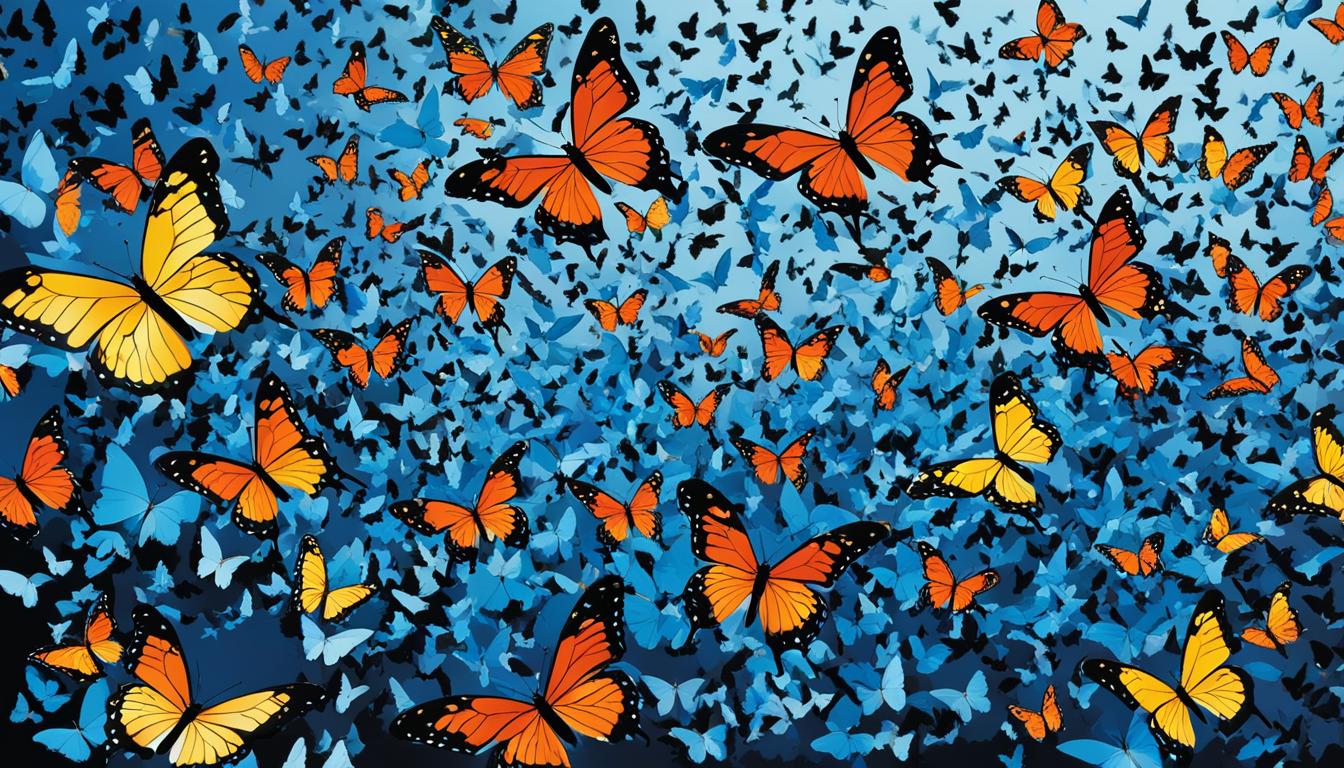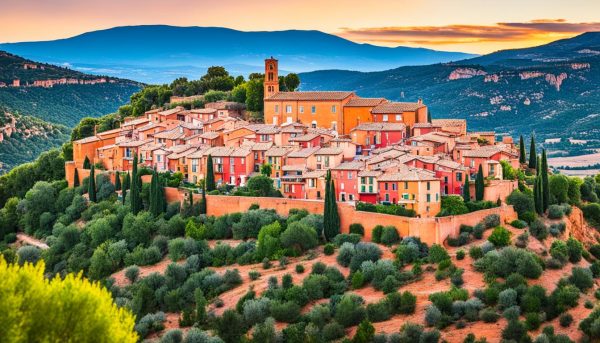In 1994, Julia Alvarez brought the story of the Mirabal sisters to an American audience through her novel, In the Time of the Butterflies. The Mirabal sisters, also known as The Butterflies, were key members of an underground movement to overthrow Dominican dictator Rafael Trujillo. They were brutally killed in 1960, but their story has become a symbol of courage and strength in the Dominican Republic. Alvarez, whose own parents were involved in the underground movement, fictionalizes the sisters and explores themes of bravery and the fight against injustice.
Key Takeaways:
- The Dance of the Butterflies is a captivating story of courage and resistance
- Julia Alvarez’s novel, In the Time of the Butterflies, immortalizes the Mirabal sisters
- The Mirabal sisters’ fight against injustice is a symbol of bravery in the Dominican Republic
- The novel explores themes of courage, sacrifice, and the struggle for freedom
- Through fiction, Alvarez brings attention to the historical context and significance of the Mirabal sisters’ story
The Ethereal Art of Photography
The art of capturing movement and grace through photography is a captivating and ethereal form of art. Photographers have the ability to immortalize moments and emotions, freezing them in time for all to see.
Through careful composition and use of techniques such as motion blur and long exposure, photographers can create stunning images that convey the beauty and fluidity of dance. The Dance of the Butterflies, with its delicate movements and graceful choreography, provides the perfect subject for photographers to capture the essence of movement.
Freezing Moments in Time
Photography has the power to capture fleeting moments that may otherwise go unnoticed. Whether it’s a dancer mid-leap or a butterfly fluttering its wings, photographers can capture the beauty of movement and preserve it for eternity.
“Photography is the art of frozen time… the ability to store emotion and feelings within a frame.” – Meshack Otieno
By experimenting with techniques that capture motion, such as panning or utilizing a fast shutter speed to freeze action, photographers can create images that evoke a sense of energy and dynamism.
The Beauty of Graceful Choreography
Movement and grace go hand in hand, and photography allows us to appreciate the intricate and graceful choreography of dance. Whether it’s the flowing movements of ballet or the rhythmic steps of salsa, photographers can capture the elegance and precision of dancers as they express themselves through motion.
In dance, each movement tells a story, and photographers have the power to document these stories through their lenses. They can capture the fluidity of a pirouette or the strength in a leap, preserving the beauty and artistry of the dancers’ movements.
Immersing Viewers in Emotion
Photographs have the ability to evoke strong emotions in viewers. When capturing movement, photographers can freeze a moment that is filled with passion, joy, or even vulnerability, allowing viewers to connect with the image on a deeper level.
“Photography is a way of feeling, of touching, of loving.” – Aaron Siskind
Each image tells a story, conveying not only the physical movements but also the emotions and energy behind them. It’s through photography that the grace and intensity of movement can be immortalized and shared with others.
The Beauty of Butterfly House Exhibits
The Butterfly House is a place where visitors can immerse themselves in the beauty and wonder of butterflies. These exhibits provide a controlled habitat for various butterfly species, allowing them to thrive and be observed up close.
The vibrant colors, delicate wings, and graceful flight patterns make butterflies a captivating subject for photographers and visitors alike. The Butterfly House offers a unique opportunity to witness the dance-like movements of these creatures and capture their beauty through photography.
Whether it’s the mesmerizing patterns on the wings or the graceful fluttering as they move from flower to flower, butterflies have a way of captivating our hearts and capturing our imagination. At the Butterfly House, you can witness firsthand the intricate beauty of these creatures as they soar and twirl in their natural habitat.
Visitors can stroll through lush gardens filled with nectar-rich flowers, carefully designed to attract butterflies. As you wander through the exhibits, you’ll be surrounded by a kaleidoscope of colors as butterflies of different species gracefully flit and flutter around you.

The Butterfly House provides an educational and interactive experience for visitors of all ages. With knowledgeable staff and informative exhibits, you’ll learn about the life cycle of butterflies, their unique adaptations, and their importance in pollination.
Whether you’re a photography enthusiast looking to capture the exquisite details of butterfly wings or simply someone who appreciates the beauty of nature, the Butterfly House offers a serene and enchanting escape. It’s a place where you can witness the dance of these graceful creatures, immerse yourself in the wonders of the natural world, and capture the beauty of butterflies in all their glory.
The Journey of Not Yo’ Butterfly
During the 1960s and 1970s, Nobuko Miyamoto, formerly known as JoAnne Miyamoto, played a crucial role in the Asian Movement. Alongside singer-songwriter Chris Iijima, she used the power of music to celebrate Asian identity, challenge stereotypes, and shed light on the history of Asian Americans. Their songs became anthems for the movement, inspiring unity and bringing about revolutionary activism.
Miyamoto’s memoir, Not Yo’ Butterfly, chronicles her remarkable journey from a Broadway dancer to an activist and artist in the Asian Movement. Through her book, she highlights the transformative role of music and art in promoting social change and amplifying marginalized voices.
Music as a Catalyst for Change
As a musician, Miyamoto’s compositions not only entertained but also spurred discussions about race, identity, and activism. Her songs served as a rallying cry for those fighting for justice and equality. Through her music, she brought attention to the Asian American experience and shattered stereotypes, paving the way for a more inclusive society.
“Music has always been a powerful tool for transformation and unity. It gives voice to those who have been silenced and inspires action. In the Asian Movement, we understood the immense power of music to ignite change and bring people together.”
An Artist’s Exploration of Identity
In addition to her musical contributions, Miyamoto’s artistic prowess extended to theater and dance. She found ways to express her own identity and experiences through performance, challenging societal norms and providing a platform for others to do the same.
Through her book, Miyamoto offers a glimpse into her personal journey of self-discovery and activism. She invites readers to reflect on their own identities, embrace their heritage, and navigate the complexities of being Asian American in a changing world.
Impact and Legacy
Miyamoto’s work, both as an artist and an activist, continues to resonate with audiences today. Her contributions to the Asian Movement and her unwavering dedication to social change have left an indelible mark on the cultural landscape.
Not Yo’ Butterfly serves as a testament to the power of music and art in promoting revolutionary activism and fostering understanding. Miyamoto’s journey exemplifies the profound impact that one person can have in creating positive change and challenging the status quo.

Conclusion
The Dance of the Butterflies is a captivating art form that beautifully captures the essence of movement and grace. Whether through the lens of a camera, the pages of a book, or the melodies of music, artists have found ways to immortalize the story of the Mirabal sisters and honor their bravery in the face of injustice.
The Butterfly House offers a mesmerizing experience where visitors can witness the dance-like movements of these enchanting creatures up close. The vibrant colors, delicate wings, and graceful flight patterns of butterflies make them a perfect subject for photographers looking to capture the beauty of movement.
In her book, “Not Yo’ Butterfly,” Nobuko Miyamoto shares her inspiring journey from a Broadway dancer to an activist and artist in the Asian Movement. Her story highlights the profound impact that art can have in promoting social change and inspiring unity.
The Dance of the Butterflies is a timeless and captivating art form that continues to captivate audiences, capturing the beauty of movement in all its forms. Through photography, literature, and music, we can celebrate the courage of the Mirabal sisters, witness the dance of butterflies, and be reminded of the transformative power of art.
FAQ
How did Julia Alvarez bring the story of the Mirabal sisters to an American audience?
Julia Alvarez brought the story of the Mirabal sisters to an American audience through her novel, In the Time of the Butterflies, published in 1994.
Who were the Mirabal sisters and what role did they play in the Dominican Republic?
The Mirabal sisters, also known as The Butterflies, were key members of an underground movement to overthrow Dominican dictator Rafael Trujillo. They were brutally killed in 1960 but their story has become a symbol of courage and strength in the Dominican Republic.
What themes does Julia Alvarez explore in her novel?
Julia Alvarez fictionalizes the Mirabal sisters in her novel and explores themes of bravery and the fight against injustice.
How can photographers capture the essence of movement in their photographs?
Photographers can capture the essence of movement through careful composition and techniques such as motion blur and long exposure.
Why are butterflies a captivating subject for photographers and visitors?
Butterflies are a captivating subject for photographers and visitors due to their combination of vibrant colors, delicate wings, and graceful flight patterns.
What does the Butterfly House offer to visitors?
The Butterfly House offers a controlled habitat for various butterfly species, providing visitors with an opportunity to observe butterflies up close and capture their beauty through photography.
Who is Nobuko Miyamoto and what role did she play in the Asian Movement?
Nobuko Miyamoto, formerly known as JoAnne Miyamoto, was a part of the Asian Movement during the 1960s and 1970s. She created music that celebrated Asian identity, challenged stereotypes, and explored the history of Asian Americans.
What does Nobuko Miyamoto’s book, Not Yo’ Butterfly, chronicle?
Not Yo’ Butterfly chronicles Nobuko Miyamoto’s life journey from a Broadway dancer to an activist and artist in the Asian Movement. It serves as a testament to the power of music and art in promoting social change.
What does the Dance of the Butterflies symbolize?
The Dance of the Butterflies is an art form that captures the beauty and grace of movement. It serves as a symbol of courage and inspires audiences to fight against injustice, just like the Mirabal sisters.






